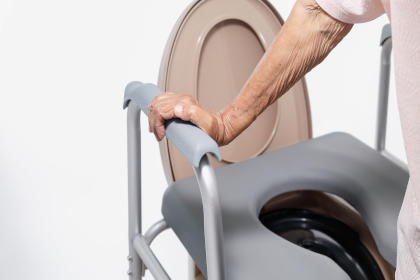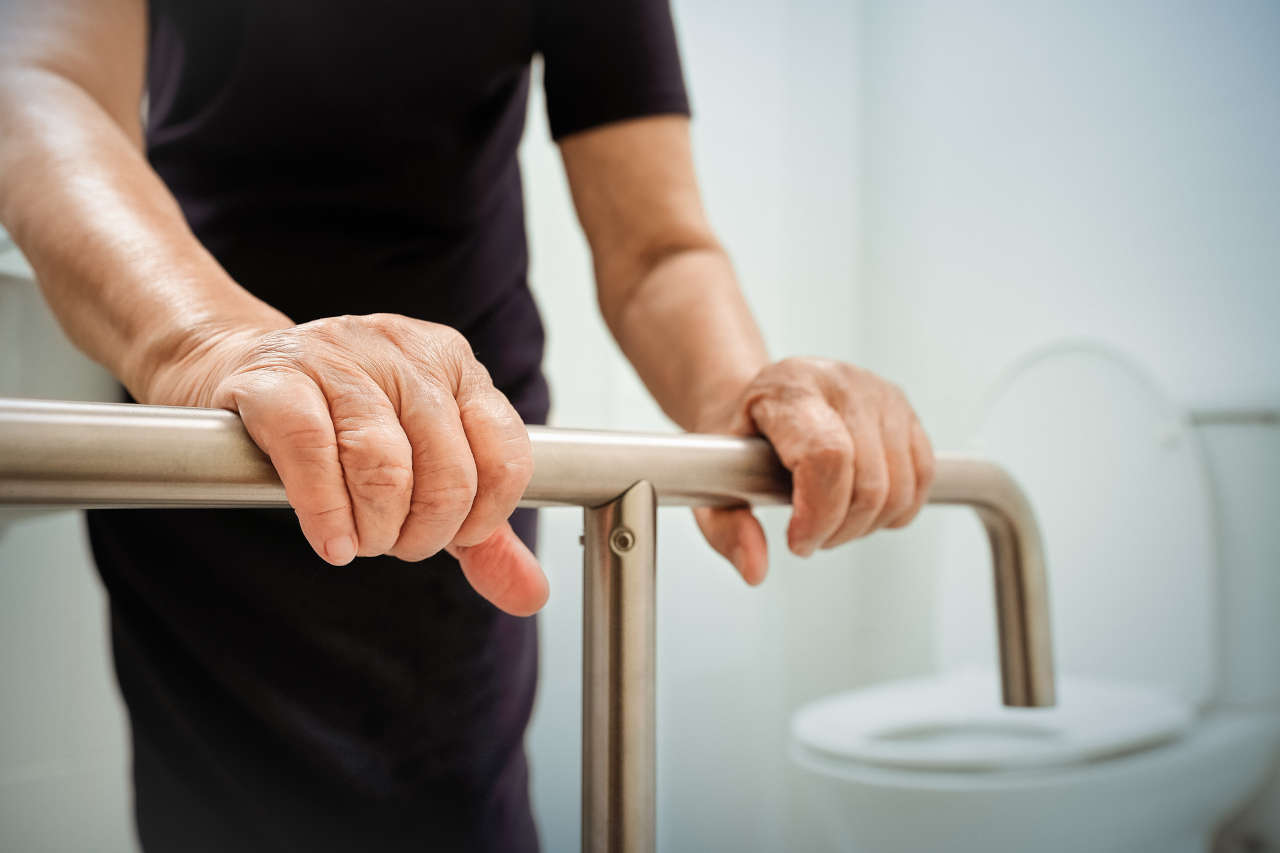Whether they are younger adults or seniors, everyone has the right to live independently and perform their basic day-to-day tasks without needing to depend on or wait for someone else.
Get Your Pills Pre-sorted and Delivered at No Extra Cost
Luckily, in this era, technology has eased the lives of people in every possible way. Similarly, it has also made aging in place easier than ever before.
This article will discuss some helpful aging in place home modifications for seniors to help them lead independent lives.
What Is Aging in Place?
Aging in place means spending your seniorhood in your own house rather than living in an assisted living facility as you grow older.
It also means living in your house independently and comfortably instead of depending on other people or organizations to carry out your personal tasks.
Aging in place can be difficult for people who don’t have family members to take care of them or whose loved ones are too busy with their work routine and don’t have enough time to look after their needs. However, technological advancements have made aging in place easier with minimal human support.
Best Aging in Place Home Modifications for Seniors
Here are some of the best home modifications for seniors who are aging in place. They may be expensive to install, but they are lifelong investments that make seniors’ lives easier, more independent, and risk-free.
1. Grab Bars
Grab bars and handrails are the most crucial home modifications for seniors as they help prevent falls and injuries.
Older adults often need support while moving and walking. Grab bars help maintain balance, reduce tiredness, and provide support while standing or getting up. People can also use grab bars when they feel like they are about to slip or fall.
Grab bars and handrails should be installed at every high-risk area of the house. For example, they can be installed:
- Inside and outside the bathroom shower tub
- Near the toilet
- Near the bed
- At the top and bottom of the stairs
- At the kitchen entrance
- Outside and inside the door entrances
- Along long hallways
- In other elevated areas
2. Smart or Sufficient Lighting
As we age, sometimes our vision gets worse. This is a natural and common problem seniors face.
Sufficient high-power lights should be maintained throughout the house so seniors can move around easily.
Smart lighting systems are also an option for older adults with mobility issues, as they allow them to remotely switch on or turn off the lights without getting up and finding the switchboards.
3. Walking Assistance
A walking assistance device is a must-have piece of equipment that all seniors should have on hand, regardless of mobility issues.
These devices help provide support and assist people in carrying out their tasks independently, even at times when they feel too weak to walk or move and don’t have anyone around to assist them.
Moreover, they also help people get up in case of any injury, weakness, or sudden health issues.
A cane, walking frame, and automatic wheelchair are some essential walking assistance devices that can help seniors move and carry out their day-to-day tasks independently.
Medbox: Never Sort Medications Again
4. Medical Alert Systems
Another modification to help seniors age in place is a medical alert system.
In case of an emergency, such as a fire hazard, injury, or health problem, seniors will only need to press a button to call for help.
Some medical alert systems also help dispense medication, assist with prescription refills, and provide appointment reminders, which help seniors maintain a check on their health.
Medical alert systems also come in wearable forms, such as pendants, bracelets, or necklaces, providing easy access to the system.
5. Bathroom Modifications

Bathroom modifications are a critical factor in ensuring seniors’ safety when they wish to live independently.
The necessary bathroom modifications for seniors include grab bars, a raised toilet seat, a stool or seat near the shower, and a bathroom sink with non-slip floors and sufficient lighting.
Also Read: A Guide to Bathroom Safety for Seniors
Free or Low-Cost Home Modifications for Seniors
There are various programs, organizations, and resources that offer home modifications for seniors at low or no cost if they satisfy certain criteria.
Some of the organizations that offer home modification services for seniors include:
1. Medicaid
Medicaid is a top state and federal organization offering home modifications and medical insurance to low-income seniors.
They help seniors avoid living in nursing homes and allow them to age peacefully and independently in their own homes.
To receive financial support for home modification services, seniors must meet specific Medicaid eligibility criteria and requirements, which may differ by state.
Some home modifications that Medicaid provides include:
- Stairlifts
- Wheelchair access
- Bathroom modifications
- Widened doorways
- Specialized equipment for seniors with certain health issues or disability.
2. Home Improvements and Structural Alterations Grants
The Home Improvement and Structural Alterations Grants (HISA) offer home modification services to disabled veterans regardless of whether their disability is related to the military.
However, the benefits of service-related disability are more than those of non-service-related disability.
These grants provide a wide range of home improvement services, like installing handrails, medical equipment, specialized shower systems and walk-in shower tubs, doorway widening, and ramp installations.
Get Your Pills Pre-sorted and Delivered at No Extra Cost
3. Non-Profit Foundations for Home Modifications
There are other non-profit foundations that offer home modifications for seniors wishing to live independently.
Some of the common non-profit organizations providing financial aid for home improvement include:
- Heroes at Home
- Rebuilding Together
- The National Association of Home Builders (NAHB) Home Builders Care Foundation
- Habitat for Humanity
- The Home Depot Foundation


